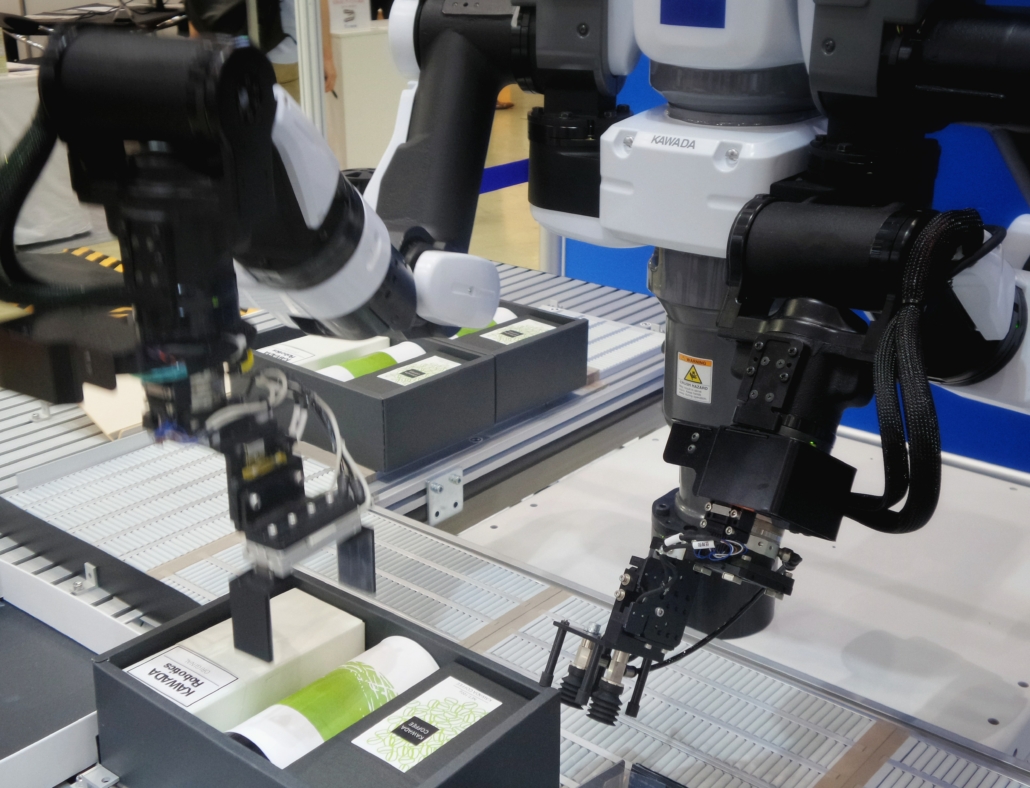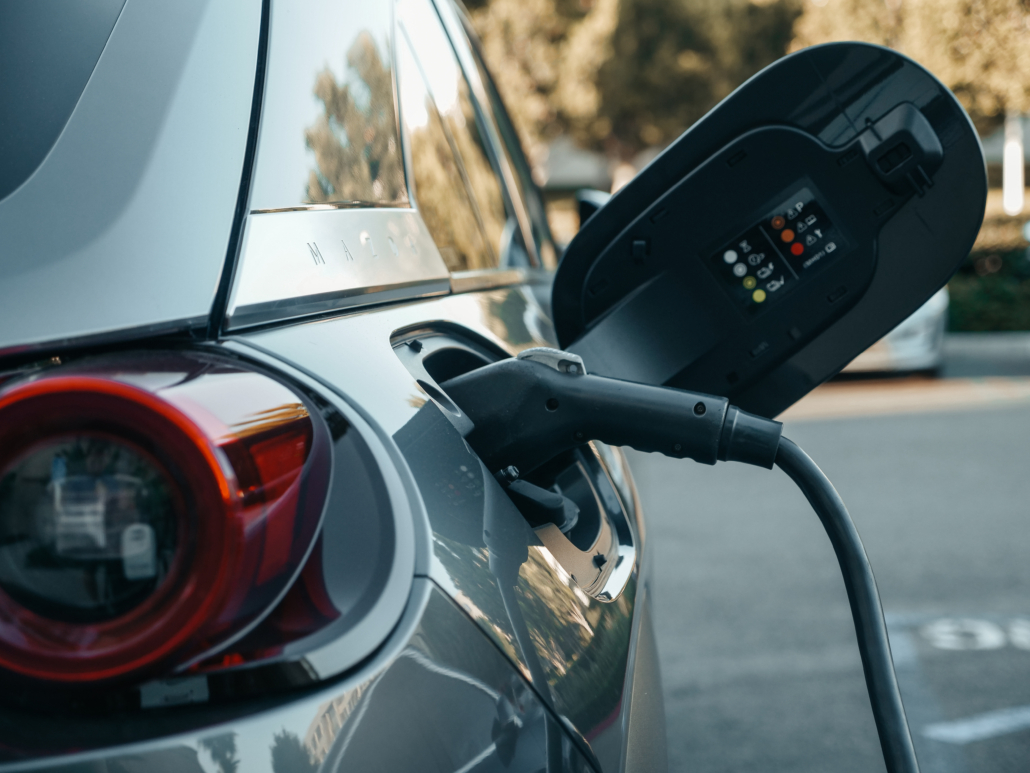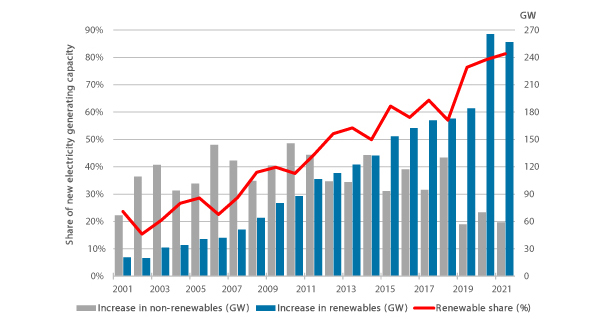Power Electronics: Efficiency for a Sustainable World
How to have a more sustainable world from power electronics?
Global electricity demand has grown by almost a third over the last decade, with the rate of electricity consumption increasing faster than the world’s population.
It is estimated that by 2050 the increase will of a 57% more. In part, this acceleration is due to the digitization and electrification of a wide range of industries. Data centers, industry and transport are the largest current consumers of electricity with a significant increase in the short run.
Data centers
Today, data centers consume on average the same amount of electricity as 100 office buildings or a small city. Considering that there are 8 million data centers worldwide, electricity consumption is very high. It is estimated that 1% of the world’s electricity (416 TWh) is needed to process the 2.5 quintillion bytes of data created every day by businesses and individuals.
In addition, unfortunately, more than 20% of the power is wasted in heat and 40% of the cost of operation comes from the energy to power and cool the racks.
The good news is that leading companies in the industry have become aware of the sustainability challenge that this demand means. Companies like Apple, Google and Facebook already run 100% on renewable energy and others such as Amazon and Microsoft have also committed to this goal.

Industry
Industry consumes more than 30% of the energy produced on the planet. Demand will only grow as factory and warehouse operations become increasingly electrified to support smart systems based on data and automation.
The industry’s biggest challenge will be energy efficiency mostly, regardless of the source. Around the world, hundreds of millions of motors, and motor drivers on conveyor belts and robotic arms in facilities are energy inefficient.

Electric vehicle
Electric vehicles have become the way forward for a future of sustainable mobility and transport. Expected to grow to approximately 700 million electric vehicles on the road by 2040, compared to 20 million today (source BloombergNEF).
As a result, the demand for electricity for private vehicle mobility will increase dramatically from 74TWh in 2019 to 2,333TWh in 2040. this demand will be higher if we consider commercial vehicles, buses, taxis and car sharing, thus increasing the expected consumption from 130 TWh in 2020 to 4,761 TWh in 2040 and 8,855 TWh in 2050.

Growth and commitment to renewable energies
The increasing reliance on electricity is having a significant impact on our planet. Although electricity is a clean and relatively safe form of energy when it is used, fossil fuels (coal, oil and gas) are commonly used to generate it. Even with the increasing use of renewable energy, electricity generation still accounts for 43% of global CO2 emissions.
Most of the recent electricity demand growth was mainly in 3 countries (USA, China and India), where fossil fuels were used to meet 70% of this new demand.
On the other hand, renewables are growing, although not fast enough. They accounted for 2/3 of all new power generation capacity, capacity added in 2018.

Source: irena.org Renewable Energy, Data
It is time for technology to help solve this problem. Our future in a more sustainable world is linked to how we produce and consume electricity more efficiently, as we can significantly reduce CO2 emissions.
To achieve this, PREMIUM PSU pioneered the use of SiC semiconductor technology, as well as the introduction of GaN technology, and the study of new topologies to increase the efficiency of our products and improve the management of electricity through bi-directional energy storage systems.
SiC and GaN semiconductor materials have become viable options to improve power conversion and energy savings in high-voltage power products.
In addition, at Floox by Premium PSU we are developing more efficient electric vehicle chargers.
All these new technologies are leading the industry change, helping to solve the challenges regarding wasted energy as well as size limitations. Solutions based on these new technologies play an important role in addressing energy efficiencies and power density challenges.
- For example, their application in data centers will increase efficiency by 10% from the UPS (universal power supply) to the POL (point of load). This could save 8TWh and reduce the emission of 3.4 million CO2 annually.
- Its use in industrial motor drivers and inverters will lead to a 25% reduction in electricity consumption. Considering that the industry consumes more than 30% of global electricity, the impact will be even more significant.
- In electric vehicles, it will be possible to reduce battery size by 10% using these technologies in inverters and vehicle chargers. This will make vehicles more affordable.
However, the biggest challenge we face is to reduce our dependence on fossil fuels and move to a f 24/7 renewable energy world. Just look at the graph of CO2 emissions produced worldwide from 1900 to 2021 and you will see that we are doing virtually nothing about it:

Source: statista.com
One fact that should be alarming is that 36.4 billion metric tons of CO2 were emitted in 2021.
What energy models do we need to adopt to gain sustainability?
Technological innovation should lead us to new energy models that minimize the impact:
Generation and Distribution – Utilities and Microgrids.
The world’s electricity grids are undergoing unprecedented operational change both in the use of cleaner energy production sources (solar, wind, hydro) and in the business model. Large utilities will no longer be able to be the centralized suppliers of electricity and will have to move to a more decentralized system. It means a bi-directional supply model that transports energy to the main grid from local renewable energy microgrids in residential neighborhoods and businesses.
Storage – Batteries and Energy Storage Systems.
One of the main problems with the use of renewable energy is the mismatch between generation (solar, wind, hydro) and energy demand. The energy generated must be consumed at the time as it is not possible to store it. Efficient local energy storage systems (ESS Energy storage systems) with higher power density at lower cost are indispensable to achieve an on-demand renewable energy future. This bi-directional equipment will have to charge the batteries when renewable energy generation exceeds demand, and then supply power to the grid in the microgrid model described above. Thanks to new semiconductor and battery technologies, this is becoming a reality.
Charging points and electric vehicles will be central to this role. These chargers, also bidirectional, will be used to store energy and supply power to the grid at peak demand. Typically, domestic vehicles are used for 2 hours a day for commuting, leaving 22 hours for car batteries as a local storage system. This will require all electric vehicles to have a grid connection point available.
To facilitate this connection on public roads, we are working on prototypes of bidirectional wireless vehicle connection systems.
PREMIUM PSU faces the enormous challenge of the energy transition we are living and to contribute to achieving a sustainable world for the future.





